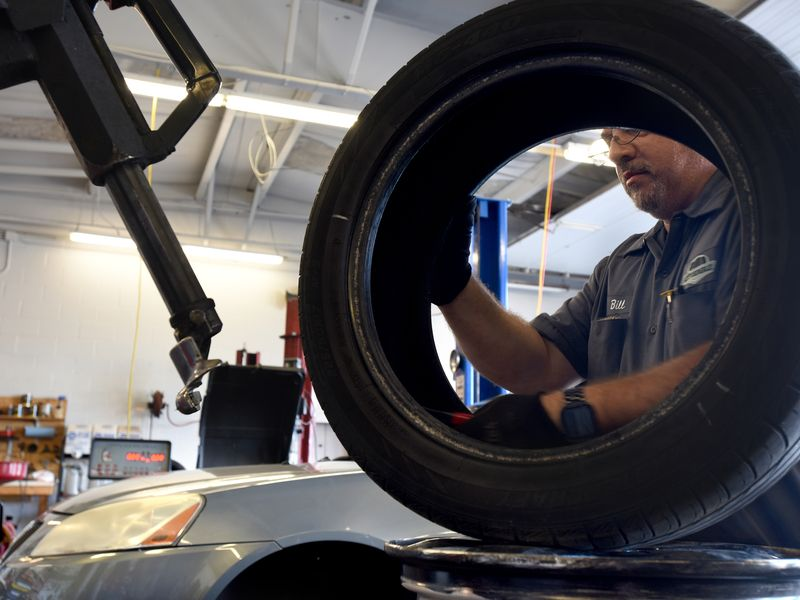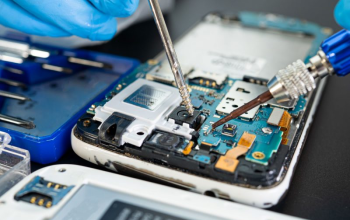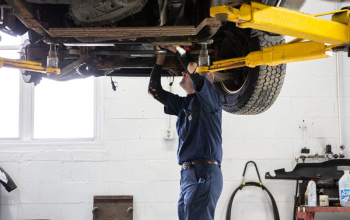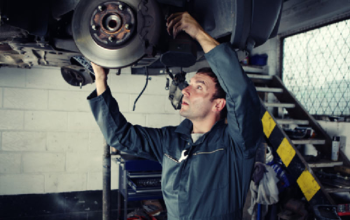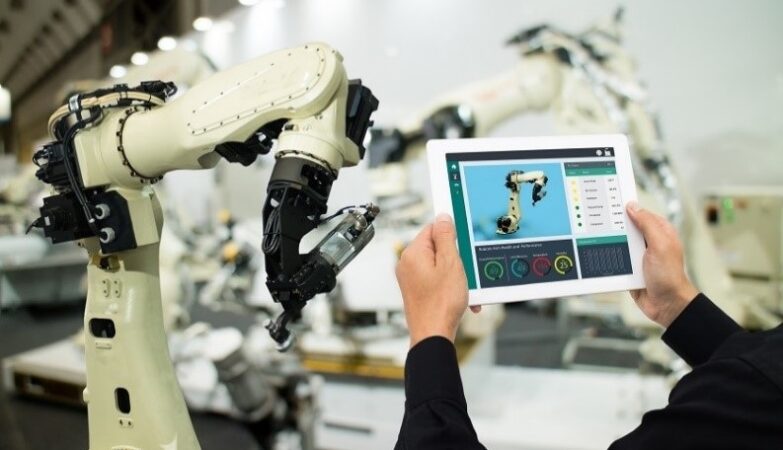In a world that champions the new, the shiny, and the disposable, the art of repair seems to have been relegated to the shadows. We live in an era where products are designed with planned obsolescence, encouraging a throwaway culture that is detrimental to the environment and our wallets. However, in recent times, a slow but steady movement has emerged, urging us to embrace repair as a means of sustainability and appreciation for the items we cherish. Repair is not just about fixing what’s broken; it’s about rekindling our relationship with the objects that hold meaning in our lives.
When we think of repair, we often associate it with mending tangible items like clothing, electronics, or furniture. While this is true, the essence of repair goes far beyond the physical act. Repair symbolizes a fundamental shift in our mindset—a shift from a consumeristic mindset to one of conscious consumption and mindfulness. Repair requires us to pause, reflect, and consider the value of what we have before resorting to a quick replacement.
One of the most significant aspects of repair is its potential to foster a sense of community. Repair workshops and events have popped up in many places, encouraging people to come together, share skills, and connect over a common purpose. In these spaces, experienced hands guide novices, creating a space for knowledge exchange and social cohesion. The act of repairing together brings a renewed appreciation for craftsmanship and resourcefulness, which have long been overshadowed by the allure of mass-produced convenience.
When we choose to repair instead of replacing, we engage in a form of creative problem-solving. Often, repairing an item requires us to look beyond the surface issue and delve deeper into its core. This process stimulates our ingenuity and allows us to appreciate the complexity and ingenuity behind the objects we own. It’s a chance to break away from a passive consumer role and become active participants in our material world.
Beyond personal fulfillment, the act of repair also contributes significantly to environmental preservation. Landfills worldwide are overflowing with discarded items that could have been saved with a little care and attention. By choosing repair, we reduce the demand for new products and lower our carbon footprint. Repair empowers us to be responsible custodians of the Earth, as we recognize that the resources needed to create new goods are limited and finite.
Moreover, repair highlights the cultural and historical significance of objects. Each item we own has a story to tell—a story of its creation, its journey through time, and its connection to us. When we choose to repair, we preserve these stories and pass them on to future generations. It’s an acknowledgment of the value imbued in our belongings and an invitation to create a lasting legacy.
The art of repair extends far beyond the confines of our homes. It calls upon industries to adopt sustainable practices and design products that are easily repairable, reducing waste and increasing their longevity. It challenges policymakers to create frameworks that incentivize repair over replacement, promoting a circular economy that benefits society and the planet alike.
Ultimately, embracing repair is about shifting our perspective from a disposable mindset to one of appreciation and respect. It is an invitation to reconnect with the things we own and to foster a deeper understanding of their worth. Repair is not just about fixing what is broken; it is about healing our relationship with consumption, sustainability, and the world around us.
In conclusion, the art of repair is a profound and transformative movement that beckons us to rethink our approach to consumption and ownership. By repairing instead of replacing, we not only mend broken items but also repair our connection to the material world and the communities we inhabit. Embracing repair leads us on a journey of empowerment, sustainability, and cultural preservation—a journey that ultimately enriches our lives and the world we live in. So, the next time something breaks, consider picking up the tools and giving it the love and attention it deserves. Repair is more than just an action; it’s a meaningful philosophy that can change the way we perceive and engage with the world around us.


